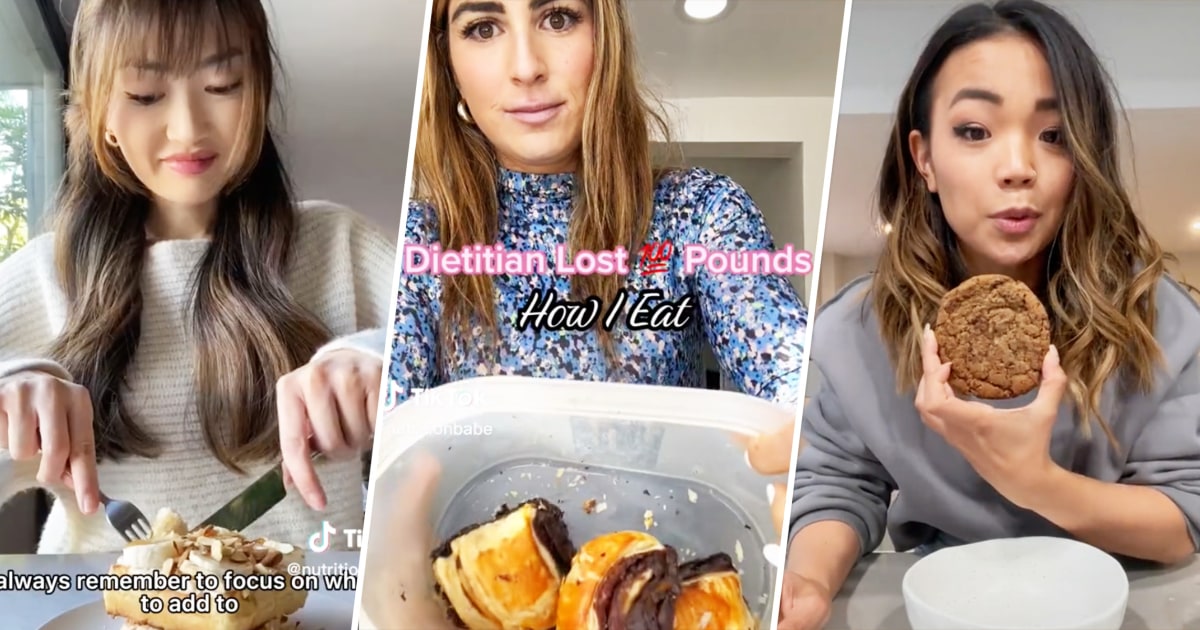Approved Foods
A paleo diet is a high-protein, low-sugar eating plan that restricts foods like dairy and refined grains. Proponents claim that the paleo diet is healthier and helps promote weight loss.
Paleo advocates also ban grains and legumes because they can be difficult to digest and contain anti-nutrients that block nutrient absorption in the gut.

Welcome to Start TODAY. Sign up for our free Start TODAY newsletter to receive daily workouts and inspiration sent to your inbox. Then, join us on the Start TODAY Facebook group for tips and motivation, to connect with others following the plan — and to get real-time advice from trainer Stephanie Mansour!
Most of the time, when a diet fails, research shows it’s because you can’t maintain the changes you adapted in order to lose weight.
For example, the paleo diet cuts out foods that come from agriculture and manufacturing, like dairy and grains. The keto diet means eating little to no carbs. Raw food diets leave out anything heated above 115 degrees Fahrenheit. The list goes on.
On the other hand, the consistently top-ranked diets, such as the Mediterranean diet and Mayo Clinic diet, are less about limits and more about filling up on nutritious foods that are enjoyable to eat.
This principle — that restriction is hard to stick with — is behind a mindset currently taking over health and fitness circles on social media: Add, don’t subtract.
And this simple math could change your health.
What does “add, don’t subtract” mean when it comes to nutrition?
One recent TikTok shows registered dietitian Kylie Sakaida enjoying the frozen waffles she’d been craving for breakfast but topping them with a mix of Greek yogurt, peanut butter and honey for protein, as well as nuts for heart health and crunch, and bananas for fiber.
“Always remember to focus on what add to, not what to subtract from, your meal,” she concluded.
Another registered dietitian, Ilana Muhlstein, who lost 100 pounds, puts her own spin on the idea with her mantra: Delay, don’t deny.
In a TikTok, she explained that, instead of digging into a bag of pastries she’s really craving, she eats something nutritious first. That way, she doesn’t end up filling up on pastries, which would leave her feeling not great and craving even more sweet treats.
“It’s all about adding, not subtracting,” she said.
Another example of how this can look comes from sports studies Ph.D. candidate and nutrition coach Sohee Carpenter.
“Right now I’m feeling a little bit hungry, and a cookie sounds fantastic to me, but I want to balance it out,” she explained in a TikTok. “Instead of telling myself, ‘You can’t have it,’ I can have it, but is there a way I can boost the protein content, boost the global fiber content of I’m going to eat so?”
She then put Greek yogurt, berries and walnuts into a bowl before breaking the cookie into pieces and topping the yogurt with it.
“It’s going to be delicious, and that’s going keep me full for the next several hours and I’m going to really, really enjoy it,” she said. “Nutritious and delicious. Add, don’t restrict.”
Registered dietitian Frances Largeman-Roth tells TODAY.com that this approach can help people “eat more of the foods we know they’re not getting enough of. For example, fiber is something that most people don’t get enough of in their diets, yet we know how important it is for disease prevention, gut health, diabetes prevention and weight maintenance.”
Can “add, don’t subtract” help with weight loss?
It’s clear this trend can help you get more nutritious foods into your diet, but what if your goal is weight loss to improve your health?
“Adding toppings (like nuts and fruits) does add additional calories, but it also contributes significant nutrients that can help you potentially live longer and also keep you full so that you’re not looking for a snack in 30 minutes,” Largeman-Roth explains.
It can also help with weight loss by reducing cravings for less nutritious foods.
“For too long, dietitians and other health professionals would advise people to cut things out of their diets for health reasons,” Largeman-Roth explains. “Cut out high fat dairy, skip sweets or avoid packaged foods. It was a lot of ‘don’t’ and not a lot of ‘do.’ This can make you feel overwhelmed, for one, and it can also cause a feeling of extreme desire for the foods that are on the no-no list.”
Similarly, if you’re trying to drop weight and eating salads with only veggies for lunch, it’s healthy but not that satisfying.
“Adding in some ‘accessories’ is a smart way to not only make your salad feel heartier but also add flavor, texture and fun to your meal,” she says. “Sure, you don’t want to drown your salad in cheese, but adding a few thin wedges of Manchego, some pistachio for crunch, a few salty olives and some dried figs for sweetness can go a long way toward helping you really love your salad.”
What’s more, getting more protein into your diet, as the “add, don’t subtract” mindset encourages, can help you drop pounds without sacrificing muscle mass, Largeman-Roth says.
Are there any people that “add, don’t restrict” won’t work for? She explains that it could backfire if you’re already getting enough nutrients in your diet. But this isn’t the case for most Americans, research shows.
Also, not paying attention to how much of the nutritious toppings you’re adding could make the strategy backfire. Largeman-Roth recommends using a bowl or small plate instead of snacking straight out of the bag so that you can better track how much you eat.
Source: today.com






















Add comment